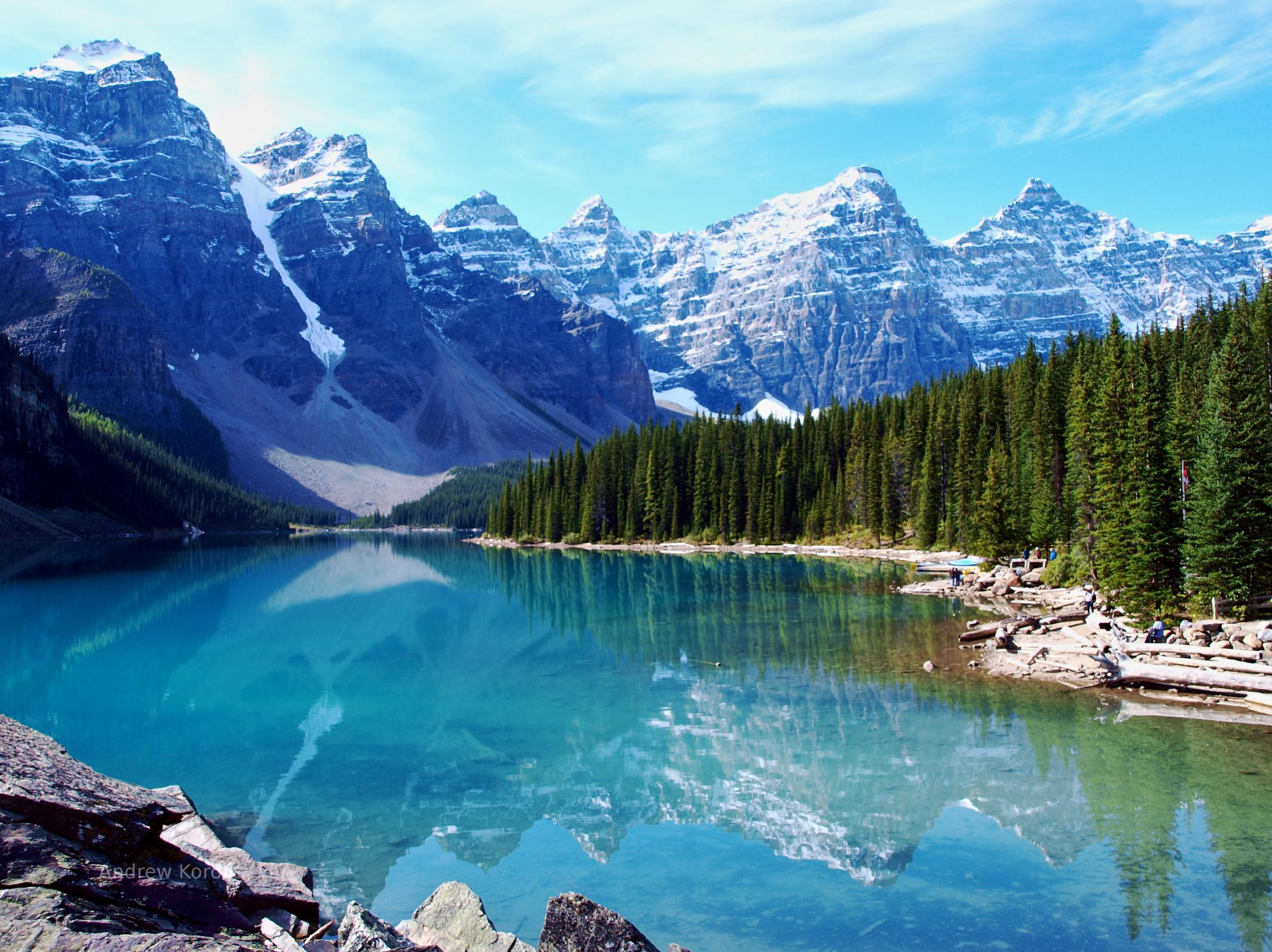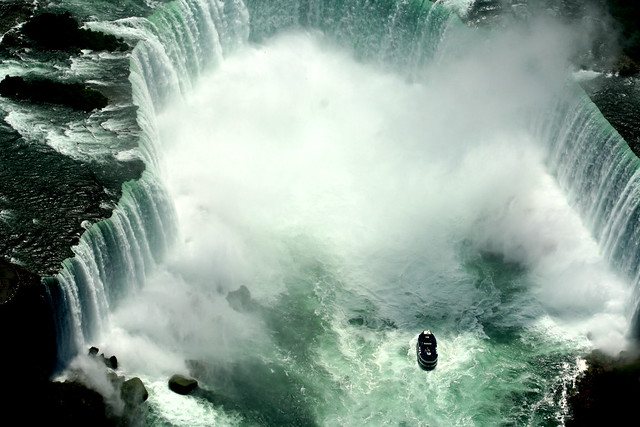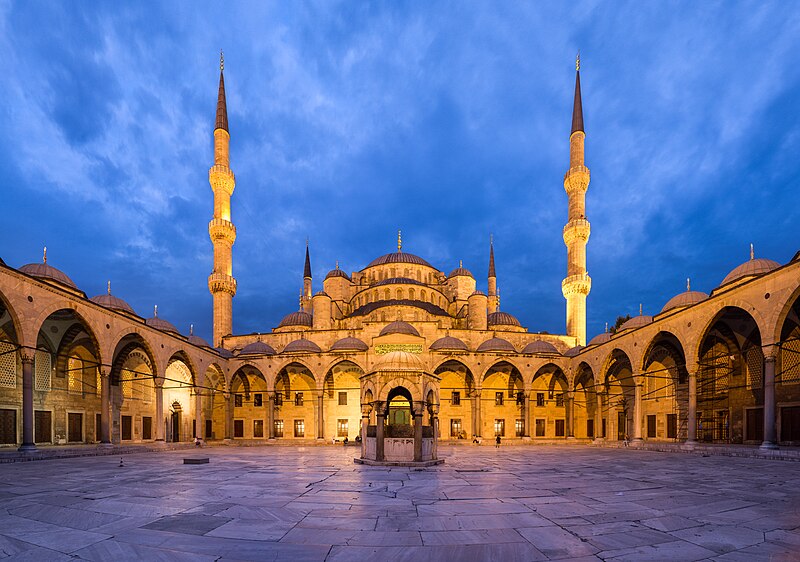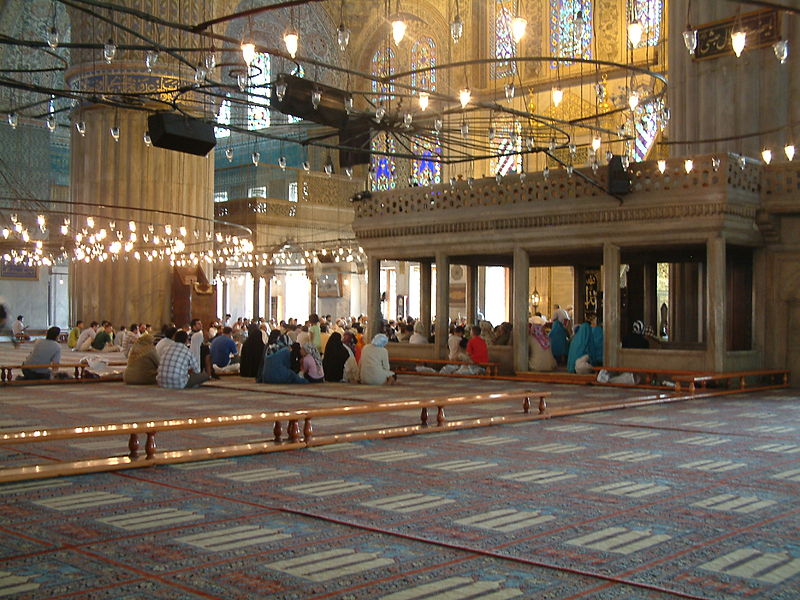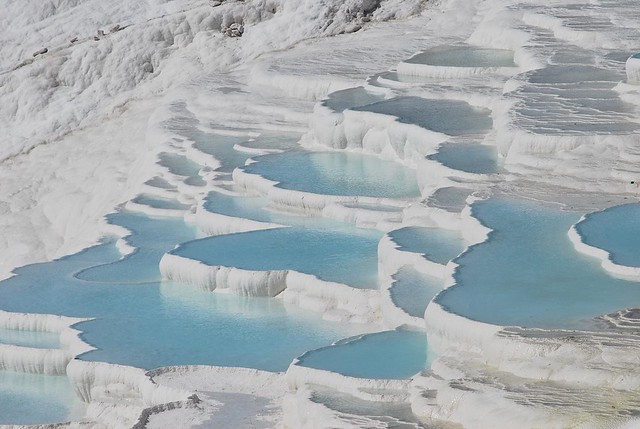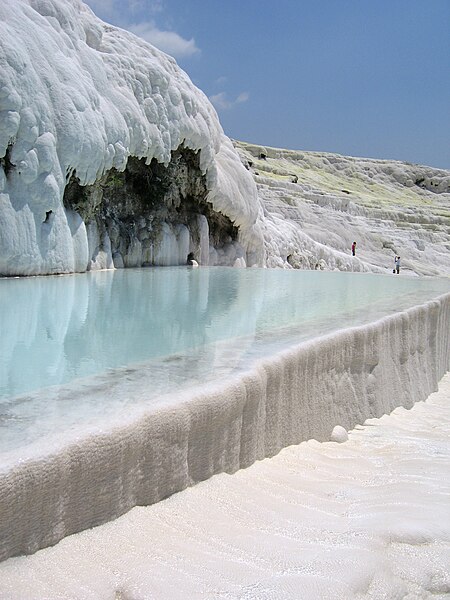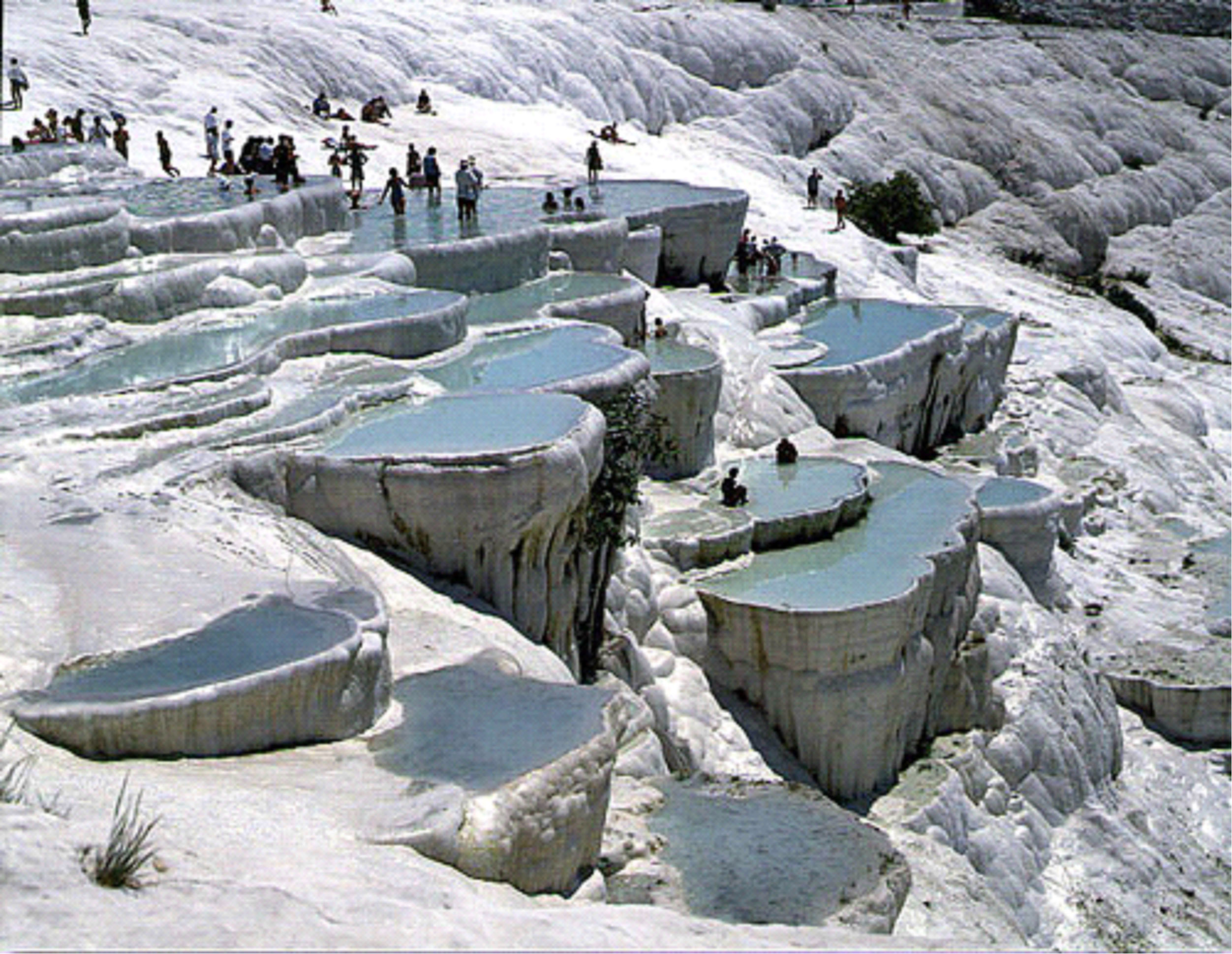BURJ AL ARAB, DUBAI


LOCATION : Burj Al Arab is a luxury hotel located in Dubai, United Arab Emirates. It is 'The world's only 7 star Hotel' since 1999. At 321 m (1,053 ft), it is the forth tallest hotel in the world however, 39% of its total height is made up of non-occupiable space. Burj Al Arab stands on an artificial island 280 m (920 ft) from Jumeirah
beach and is connected to the mainland by a private curving bridge. The
shape of the structure is designed to mimic the sail of a ship.
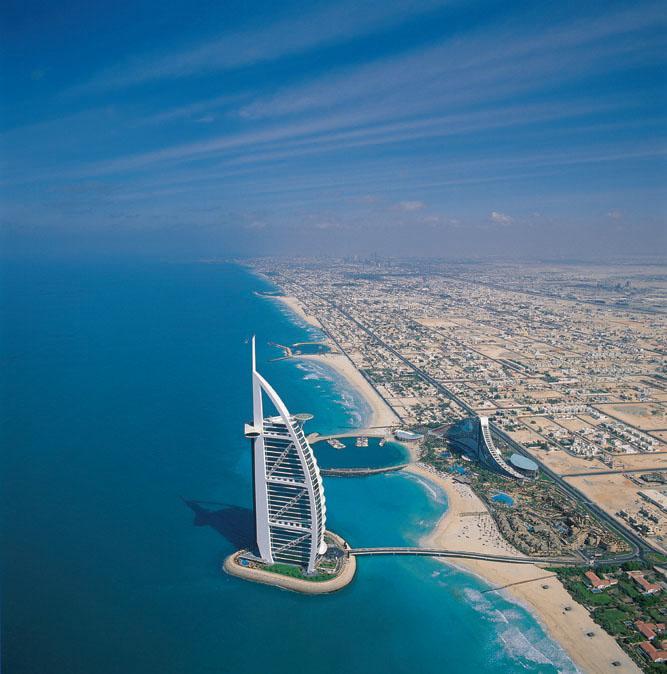
DESCRIPTION : The beachfront area where Burj Al Arab and Jumeirah Beach Hotel are located was previously called Chicago Beach . The hotel is located on an island of reclaimed land 280 meters offshore of the beach of the former Chicago Beach Hotel.The locale's name had its origins in the Chicago Bridge & Iron Company which at one time welded giant floating oil storage on the site.

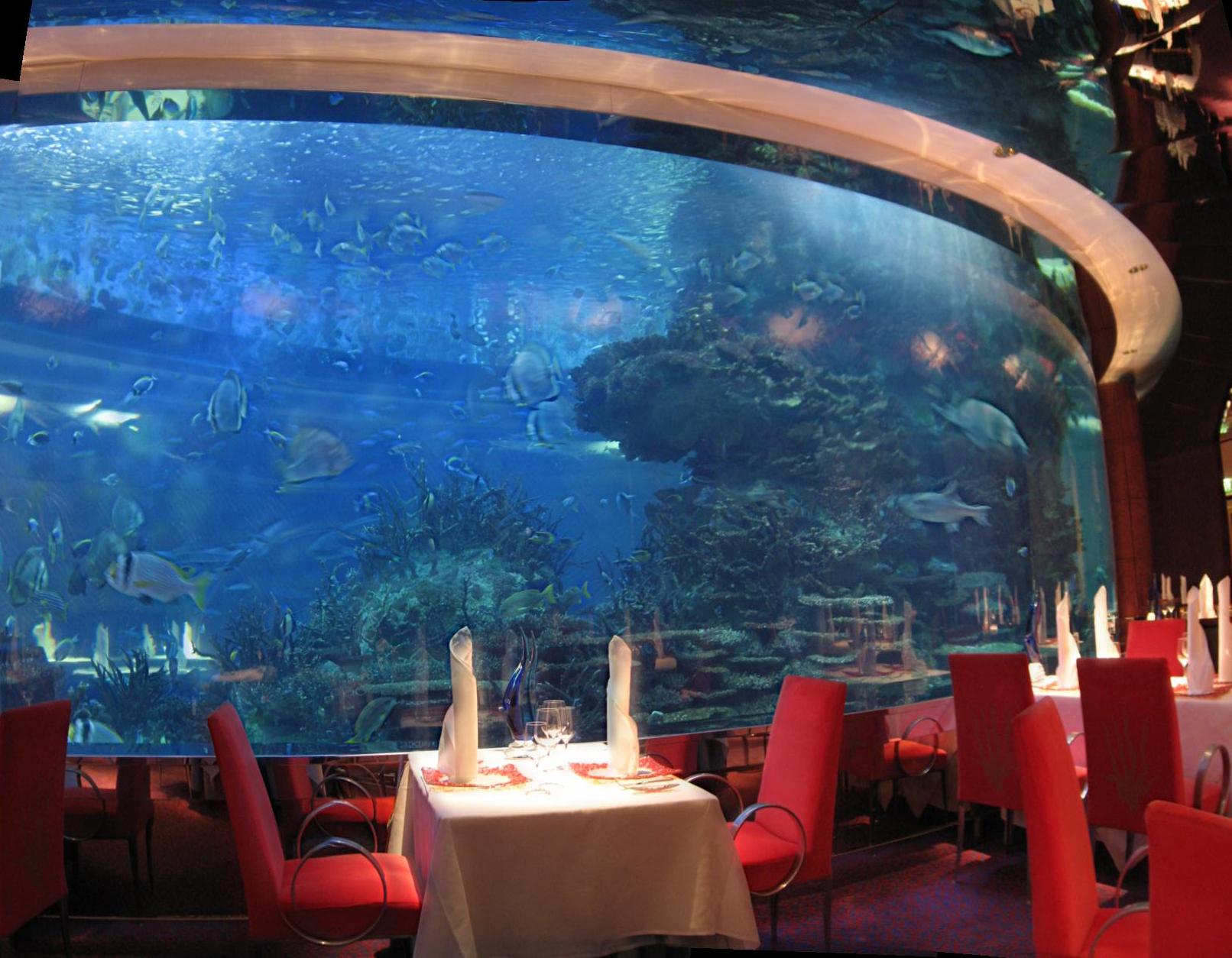
Al Mahara ("Oyster"), which is accessed via a simulated submarine voyage, features a large seawater aquarium, holding roughly 990,000 L (260,000 US gal) of water. The wall of the tank, made of acrylic glass in order to withstand the water pressure, is about 18 cm (7.1 in) thick.
The hotel is managed by the Jumeirah Group .
Despite its size, Burj Al Arab holds only 28 double-story floors which
accommodate 202 bedroom suites. The smallest suite occupies an area of
169 m2 (1,820 sq ft), the largest covers 780 m2 (8,400 sq ft).



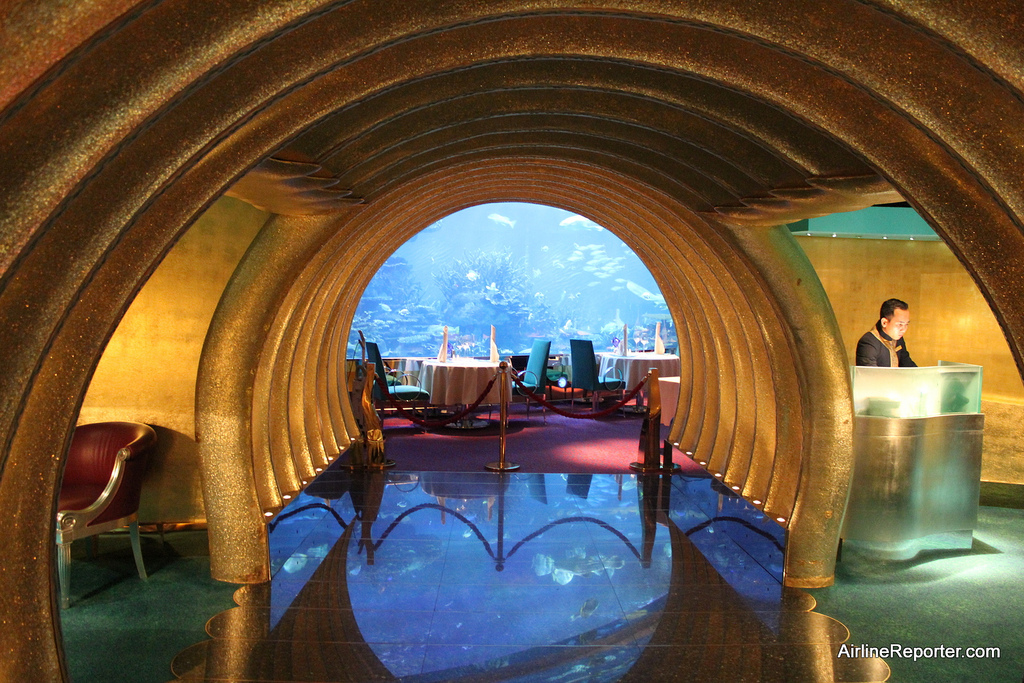
Engineers created a ground/surface layer of large rocks, which is circled with a concrete honeycomb pattern, which serves to protect the foundation from erosion. It took three years to reclaim the land from the sea, while it took fewer than three years to construct the building itself. The building contains over 70,000 m3 (92,000 cu yd) of concrete and 9,000 tons of steel.




The Burj is best viewed from the Madinat Jumeirah hotels and is spectacular at night. The facade changes colour and glows pink throughout the month of October in support of breast cancer awareness month. We went there and took some pics to show you what the inside looks like.








